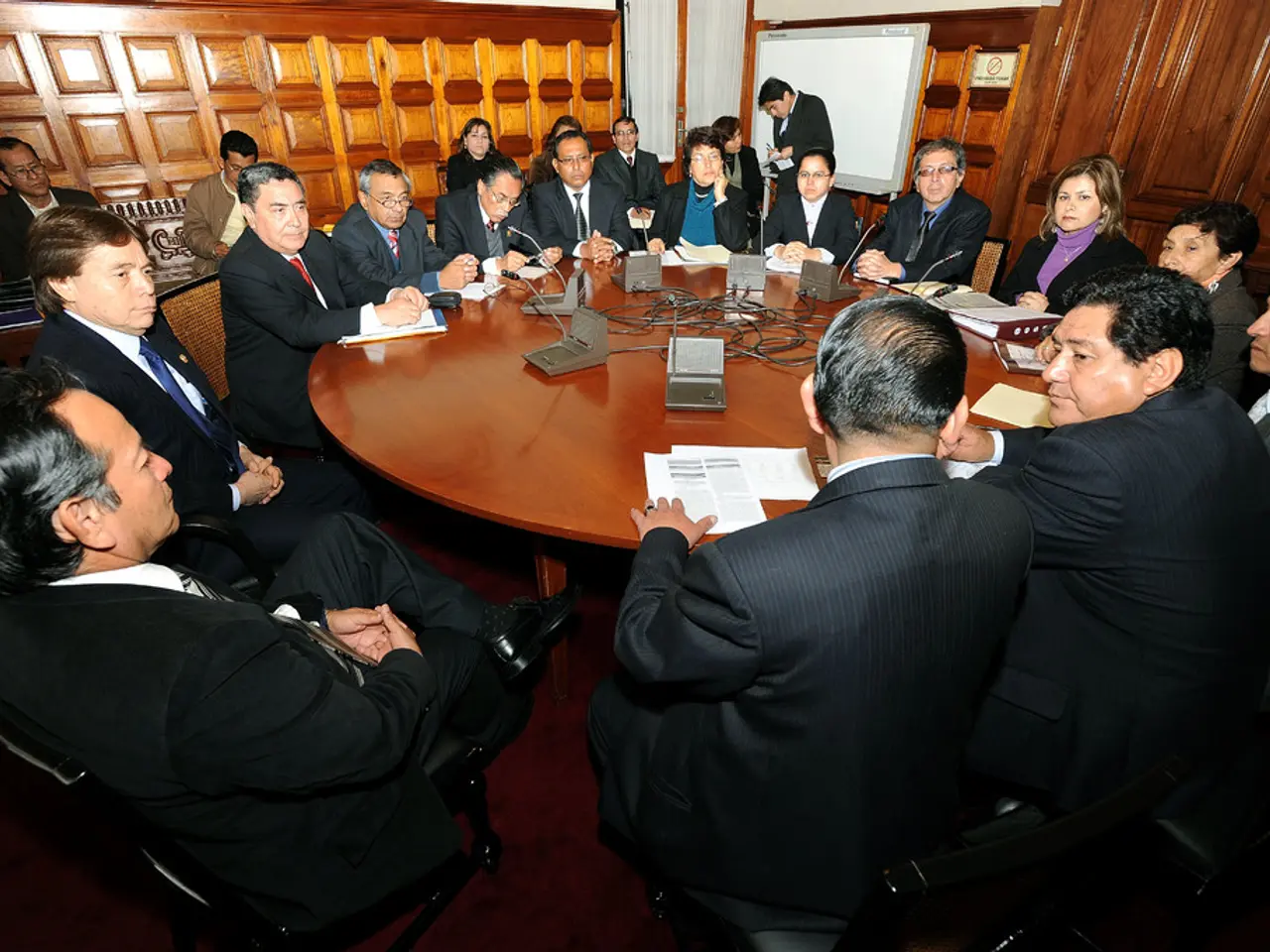Understanding Diversity, Equity, and Inclusion Regulation: A Guide for Businesses to Act
In the ever-evolving landscape of diversity, equity, and inclusion (DEI) initiatives, organizations are facing a complex set of challenges as they strive to create compliant and inclusive workplaces. The year 2025 sees a significant shift in the regulatory environment, shaped by recent executive orders, legal changes, and evolving social expectations.
### Legal and Regulatory Context
A new executive order in 2025 aims to roll back some federal-level DEI practices, viewing certain DEI efforts as potentially discriminatory or stigmatizing. The U.S. Department of Education's Office for Civil Rights (OCR) has launched Title VI investigations into universities for alleged impermissible race-based practices. These investigations emphasize compliance with existing civil rights laws and caution against using race-based preferences, proxies, or racial stereotypes in programs and hiring.
On the state level, DEI laws and policies vary significantly. Some states are fortifying DEI commitments through legislation, while others impose restrictions on race-conscious hiring and corporate DEI efforts. This creates a challenging environment for organizations operating nationally, requiring nuanced, localized compliance strategies.
Despite political pressure, the Equal Employment Opportunity Commission (EEOC) has largely reaffirmed the legality of existing DEI programs under civil rights statutes, supporting efforts that align with nondiscrimination principles.
### Best Practices for DEI Programs in 2025
Modern DEI initiatives are moving away from surface-level programs toward embedding policies and practices deeply within organizational systems. This includes equitable hiring practices that go beyond tokenism, leadership development programs focused on underrepresented groups, regular equity audits to identify and remedy disparities, and inclusive job design that accommodates diverse needs.
Companies thriving in this environment are those aligning DEI with core business objectives and demonstrating clear benefits—such as talent attraction/retention, innovation, and reduced legal risks—through data and analytics.
Recruitment and inclusion efforts are expanding beyond race and gender to include generational diversity, ability diversity, familial status, and varied work experiences. This ensures equitable opportunity across a wide range of demographics and backgrounds.
Forward-thinking DEI programs adopt principles of transparency, empathy, and accountability. This means openly sharing DEI goals, progress, and challenges with employees and stakeholders and ensuring marginalized voices are genuinely heard and integrated into decision-making.
### Compliance Recommendations
To remain compliant, organizations should cease any use of race-based preferences or proxies that circumvent civil rights laws, especially those related to Title VI of the Civil Rights Act. They should avoid partnerships or programs that restrict opportunities based on race or other protected characteristics. Regular reviews of policies are essential to ensure they align with the most current federal, state, and local regulations. Engaging legal counsel or compliance experts can help navigate the complex and evolving regulatory environment.
Some states are moving to remove the protected characteristic of gender identity from their antidiscrimination laws, creating complexity for employers operating across jurisdictions.
In summary, compliant and effective DEI programs in 2025 emphasize systemic integration, legal compliance with civil rights laws, broad inclusiveness, alignment with business goals, and transparent leadership. Organizations must carefully navigate federal and state legal landscapes, embedding DEI deeply into their operations rather than treating it as a peripheral or performative measure.
Elissa Rossi, a business leader, could elaborate on the importance of finance in implementing diversity-and-inclusion (DEI) initiatives, emphasizing the need for a delicate balance between DEI compliance and financial stability in the uncertain regulatory context of 2025.
Moreover, in line with the best practices for DEI programs, Elissa Rossi might suggest fostering a corporate culture that values diversity not only in race and gender but also in generational diversity, ability diversity, familial status, and varied work experiences, as these factors equally contribute to a thriving and inclusive business environment.




